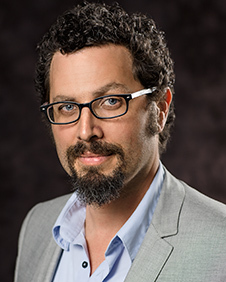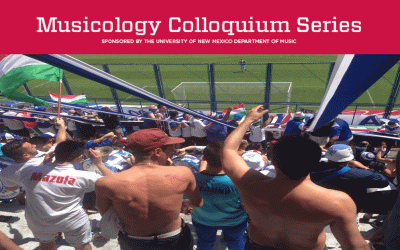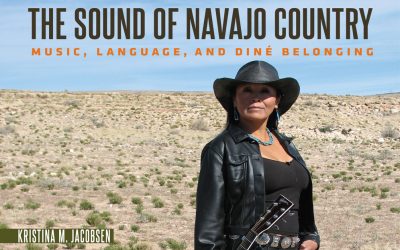The University of New Mexico’s Department of Music and the College of Fine Arts welcomes Dr. Solis to Keller Hall for his lecture on Thursday, February 18th at 2:00pm, “The Black Pacific: Music, Race, and Indigeneity in Australia and Papua New Guinea.”
From the Fisk Jubilee Singers’ tour of Australasia in the 1890s to Snoop Dogg’s visit to Brisbane in 2014, the last century has seen ongoing, intensive intersections between Indigenous and African Diasporic musicians and activists in the Southwestern Pacific. Dr. Gabriel Solis explores the musical history examining how it represents a continuation of older Indigenous cosmopolitanism and a newer structure, emerging alongside colonial processes.
 Dr. Gabriel Solis is Professor of Music, African American Studies, and Anthropology at the University of Illinois, Urbana-Champaign. A scholar of historical ethnomusicology, he has done research in the U.S, Australia, and Papua New Guinea. His work focuses on musical racialization as a component of global modernity. In addition to the books Monk’s Music: Thelonious Monk and Jazz History in the Making (2008), Thelonious Monk Quartet with John Coltrane (2014), and Musical Improvisation: Art, Education, and Society (2009, co-edited with Bruno Nettl), he is the author of articles and book chapters that have appeared in such journals as Ethnomusicology, Popular Music and Society, the Journal of the Royal Musical Association, the Musical Quarterly, Musicultures, and Critical Sociology.
Dr. Gabriel Solis is Professor of Music, African American Studies, and Anthropology at the University of Illinois, Urbana-Champaign. A scholar of historical ethnomusicology, he has done research in the U.S, Australia, and Papua New Guinea. His work focuses on musical racialization as a component of global modernity. In addition to the books Monk’s Music: Thelonious Monk and Jazz History in the Making (2008), Thelonious Monk Quartet with John Coltrane (2014), and Musical Improvisation: Art, Education, and Society (2009, co-edited with Bruno Nettl), he is the author of articles and book chapters that have appeared in such journals as Ethnomusicology, Popular Music and Society, the Journal of the Royal Musical Association, the Musical Quarterly, Musicultures, and Critical Sociology.
UNM Music Students and Community Members to Perform on KUNM 89.9 on 5/11 @7 pm
The UNM Honky Tonk Ensemble, an ensemble that teaches students how to play in a band and that emphasizes the style of classic country music from the ’50s, ’60s and ’70s, to come into KUNM’s Studio A to do a studio session of songs they’ve performed over the course of the semester
Embodying Fandom: Chanting in Twentieth-Century Argentine Soccer
Argentine soccer fandom involves a nuanced set of bodily practices and a vast repertoire of chants based on radio hits and broadcast advertisement. This talk demonstrates how chanting brings together sounds and bodies in an affective public practice that incites intense feelings of social cohesion and belonging meaningful beyond what is being said with words.
Dr. Kristina Jacobsen is awarded the 2018 Woody Guthrie Book Award
Dr. Kristina Jacobsen, Assistant Professor of Ethnomusicology in the UNM Department of Music, is awarded the 2018 Woody Guthrie Book Award for the most outstanding book in popular music by the International Association for the Study of Popular Music (IASPM-U.S.).



